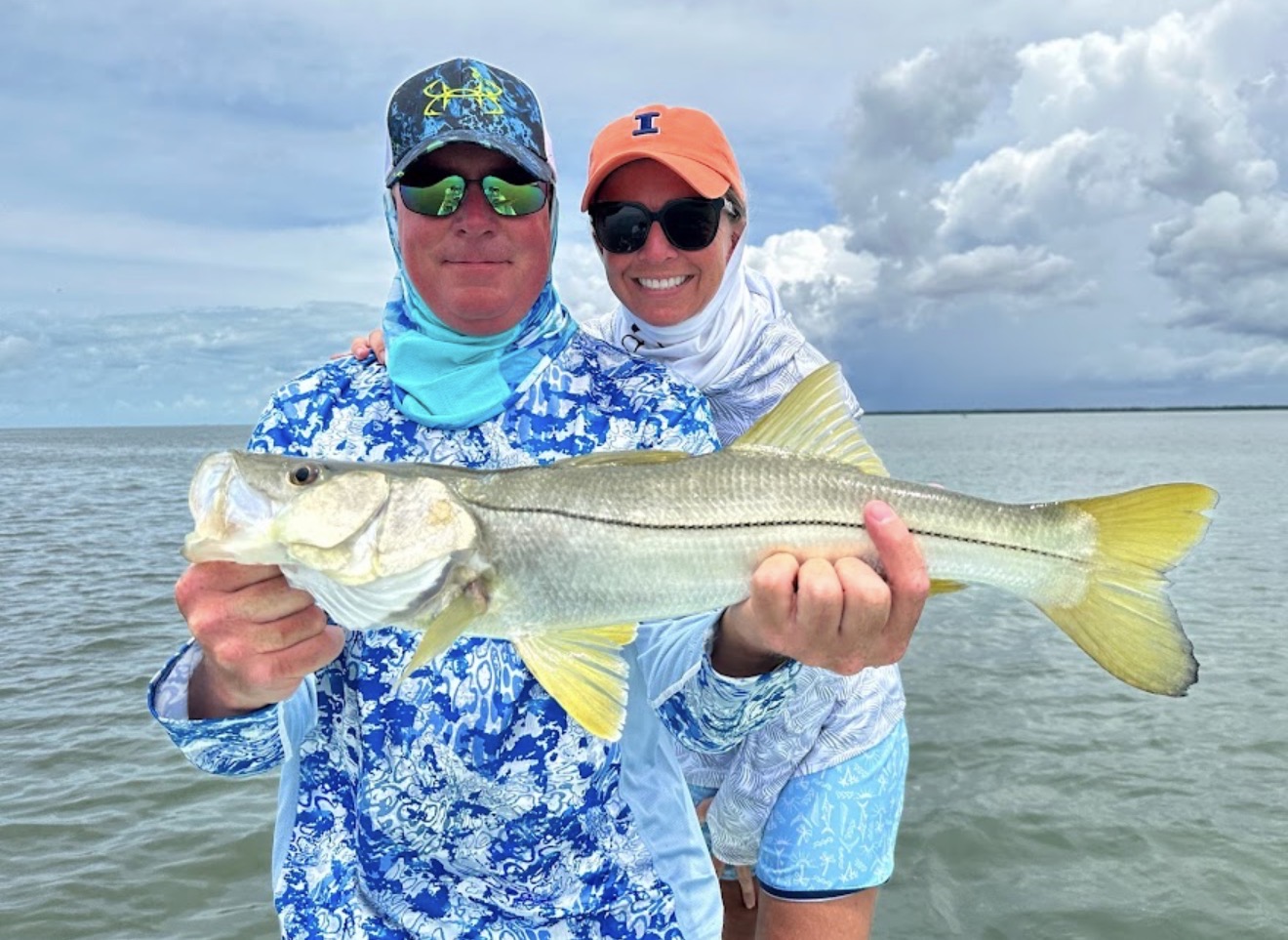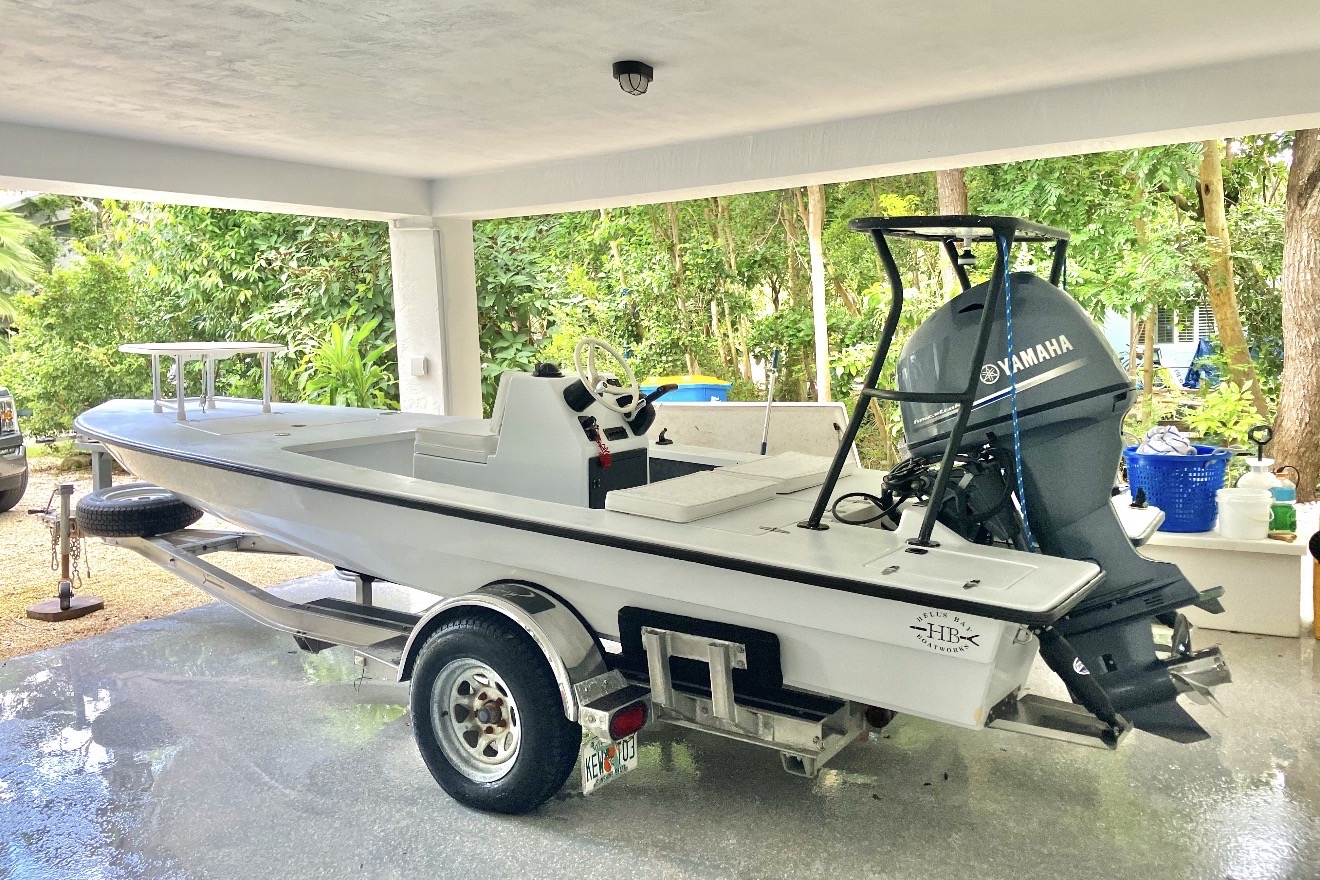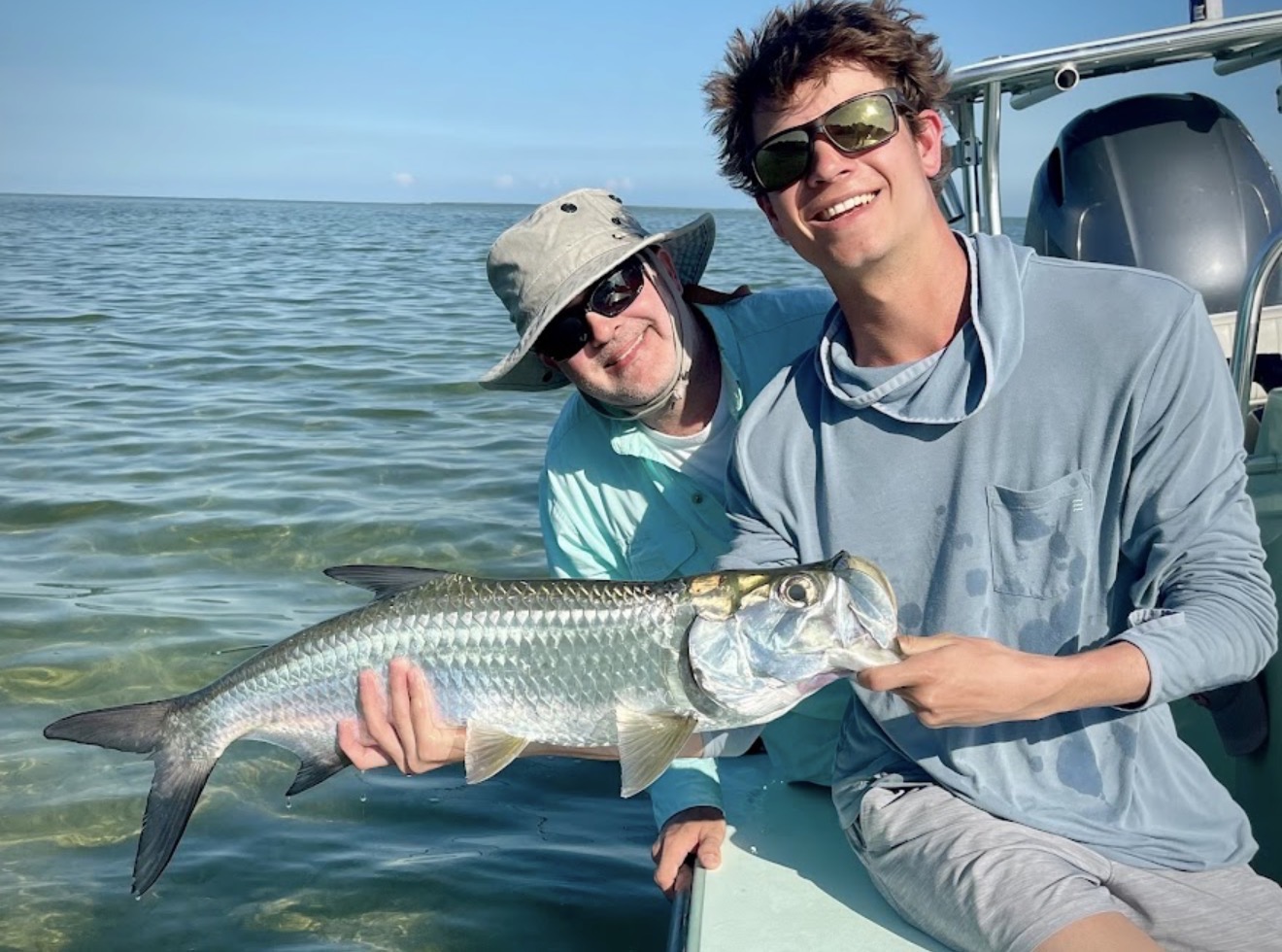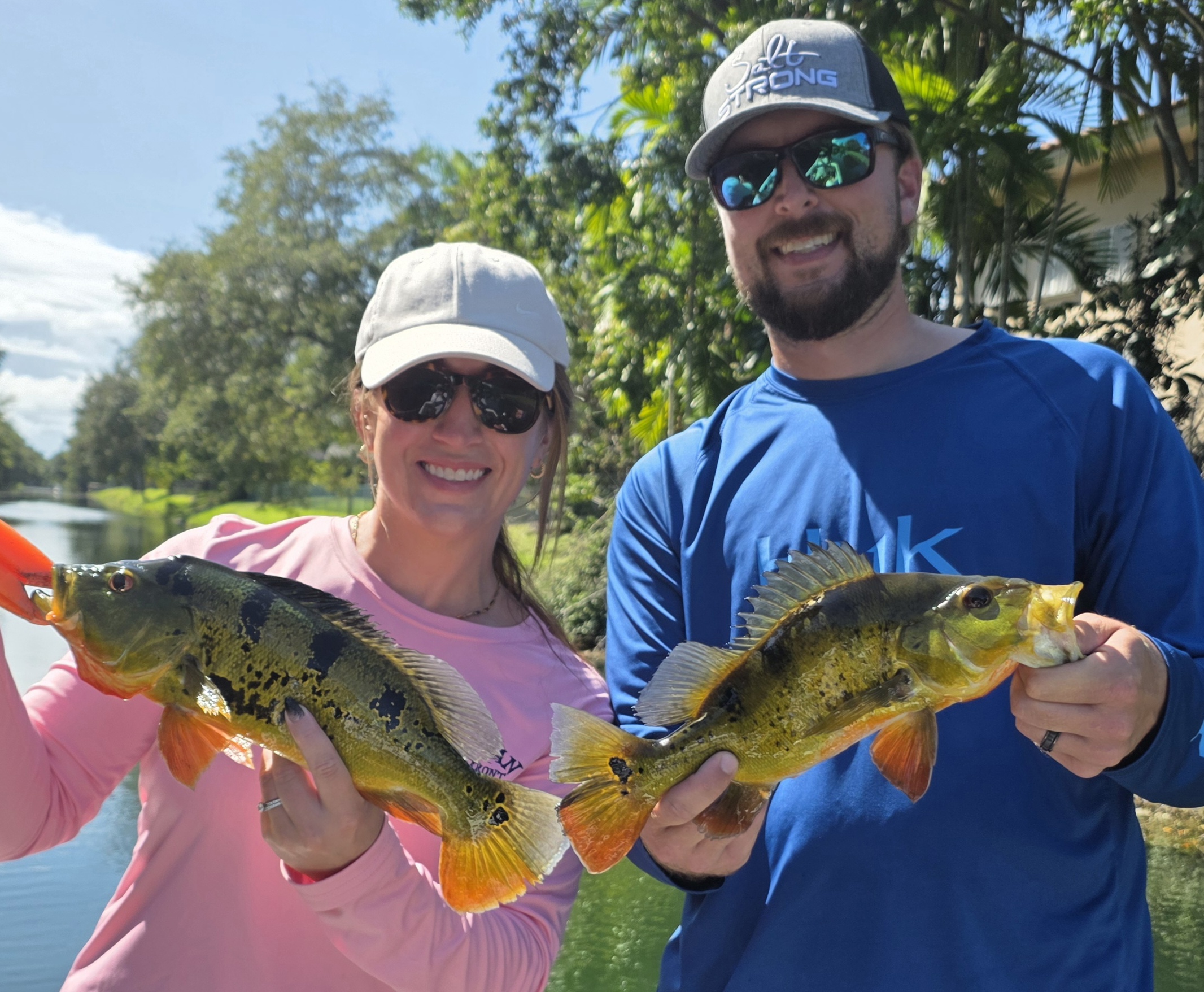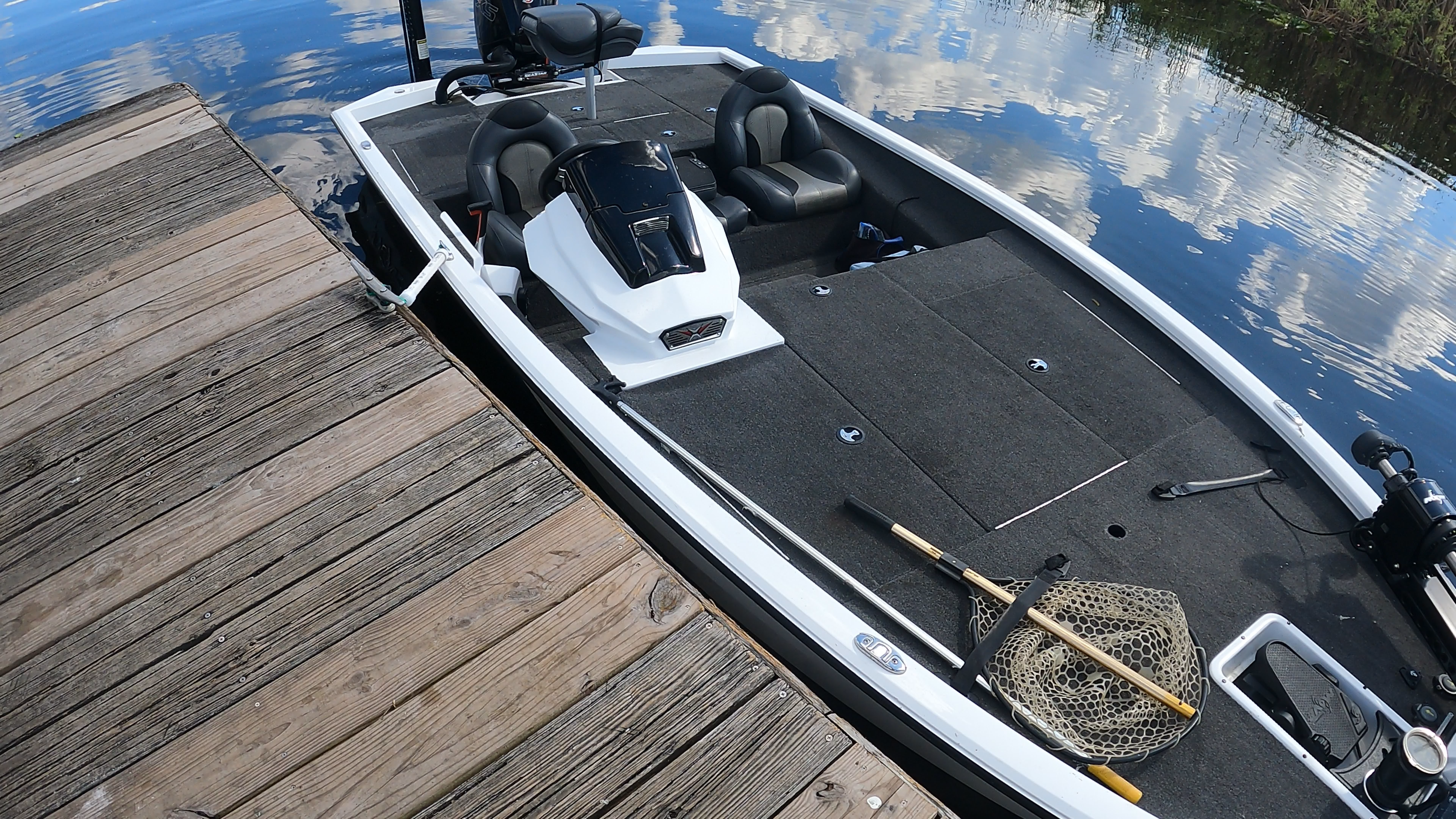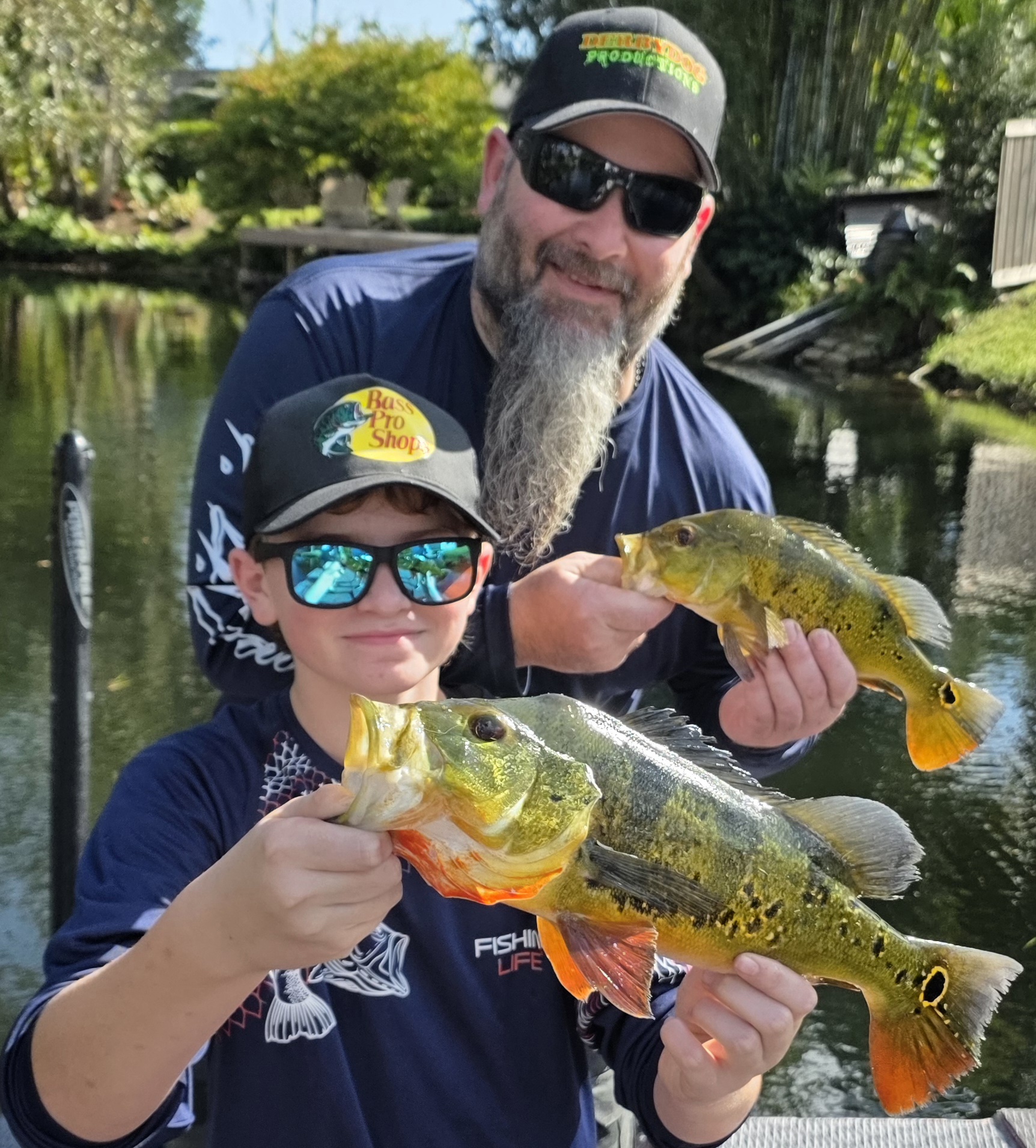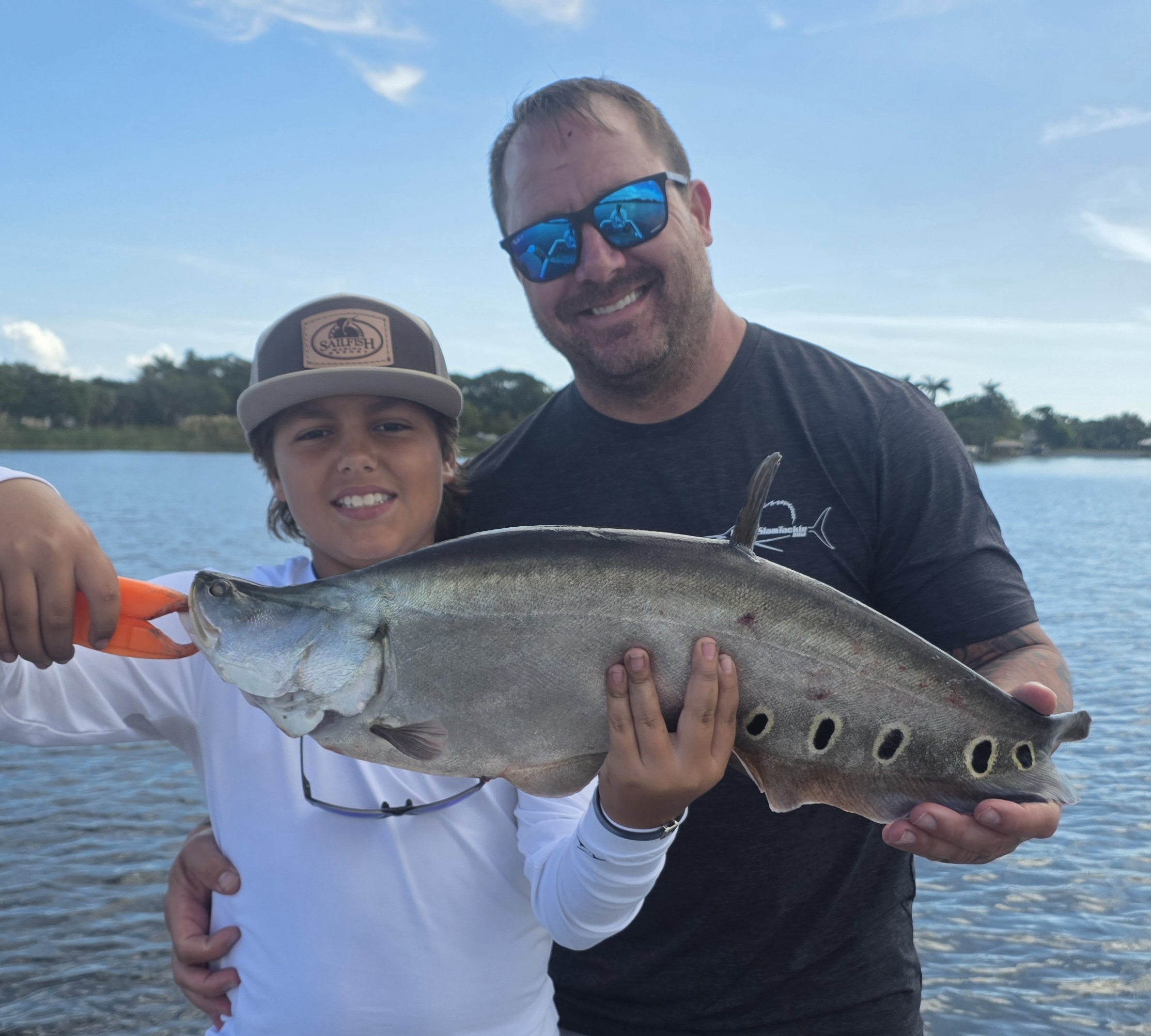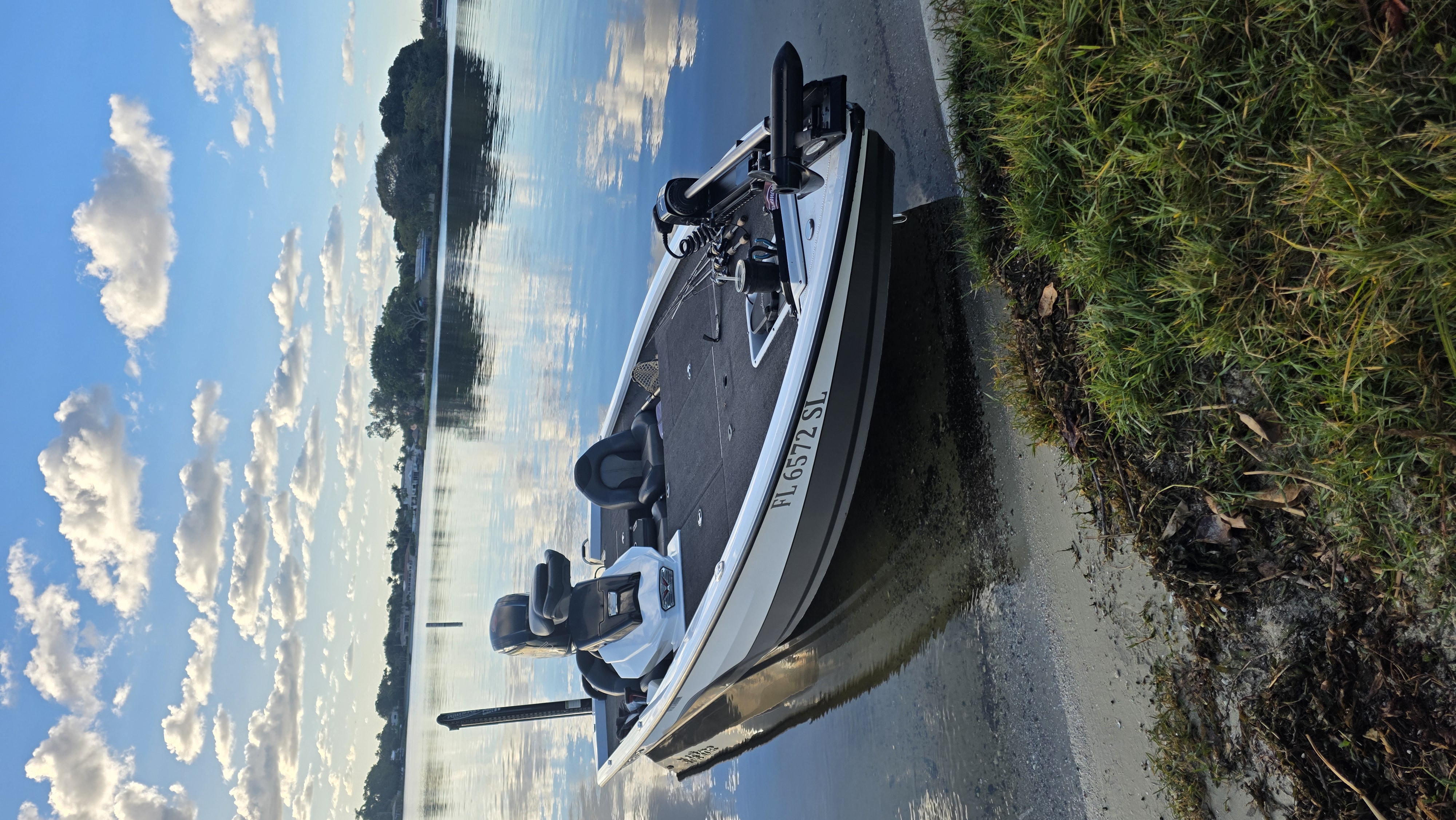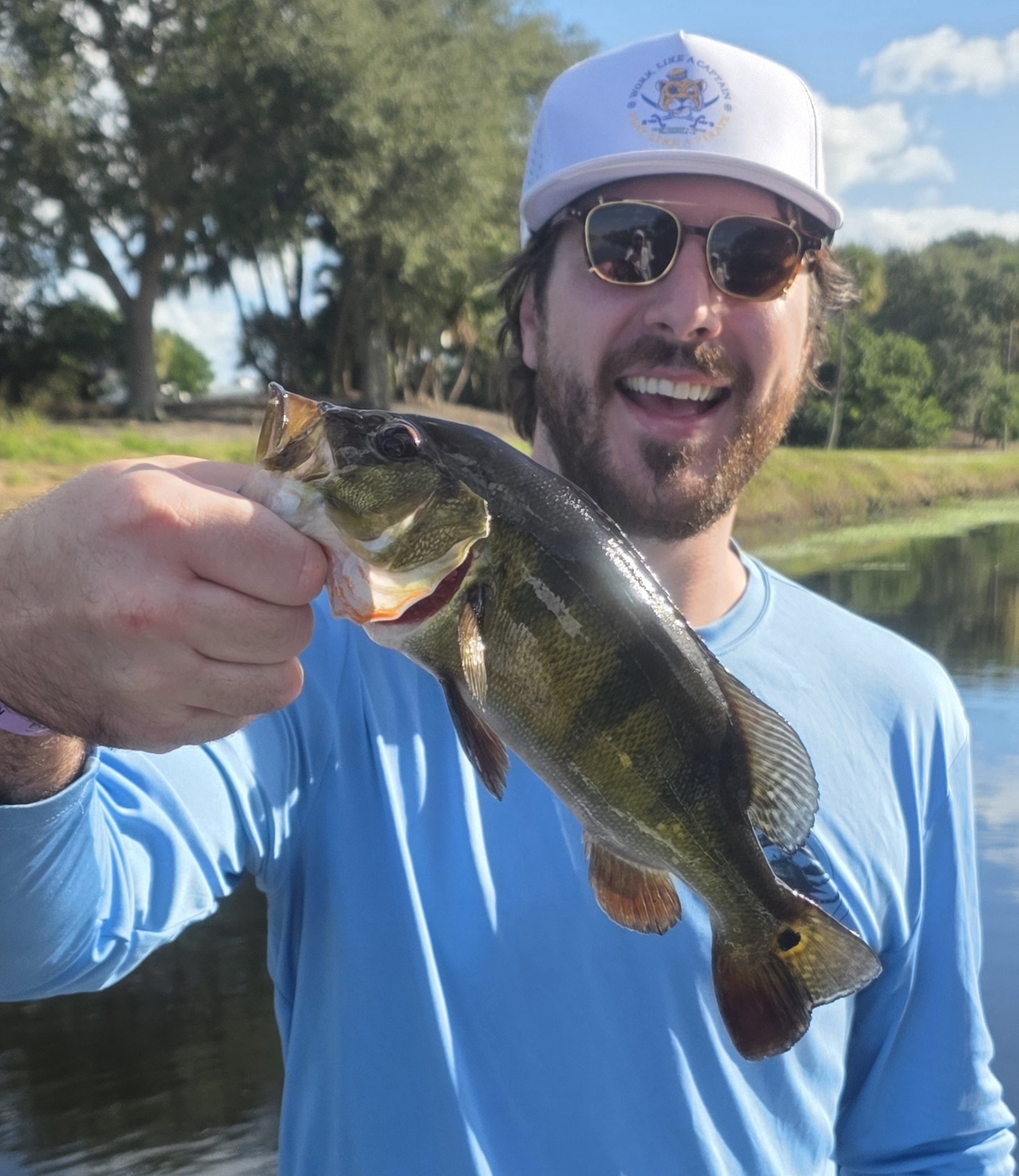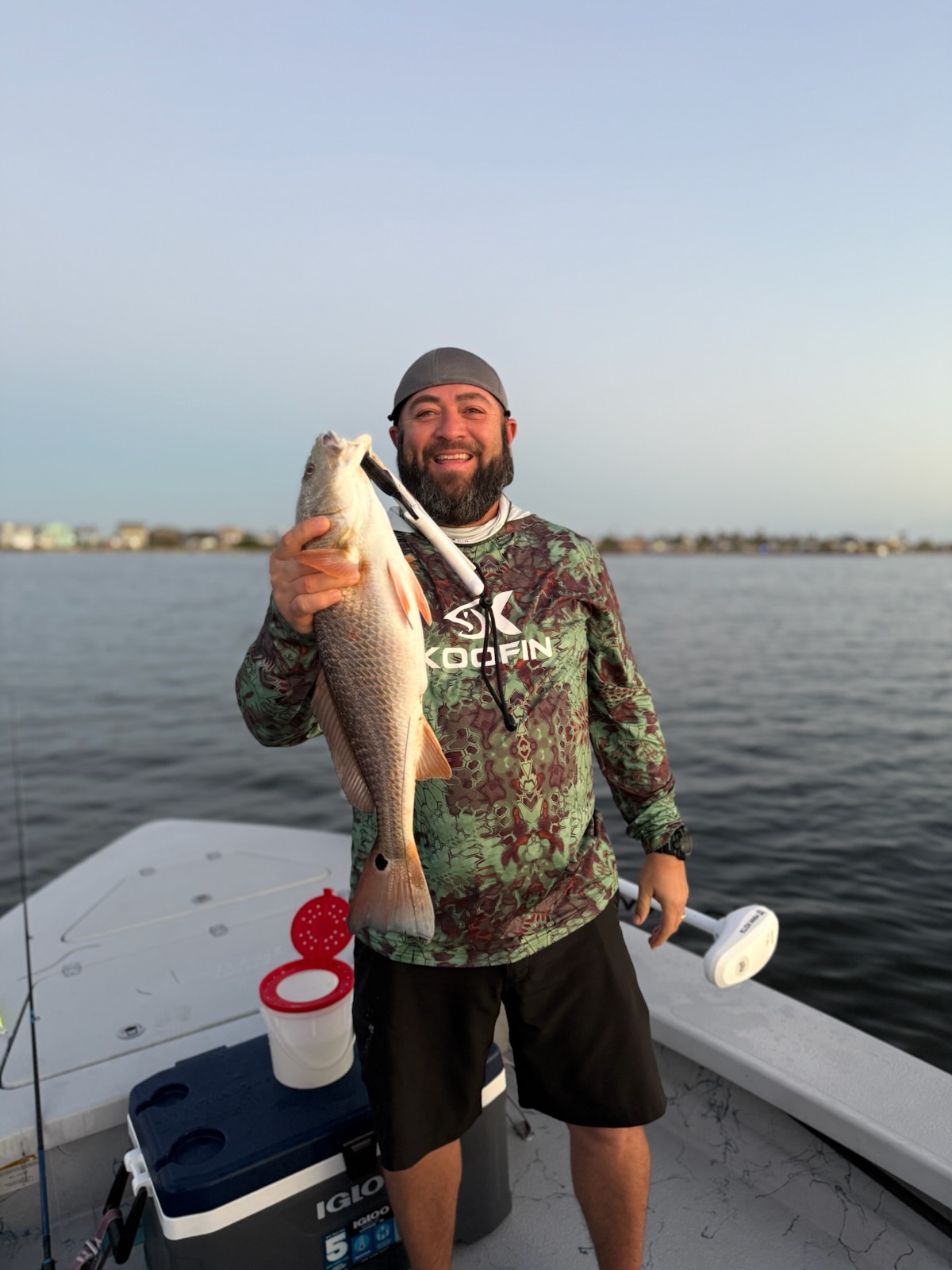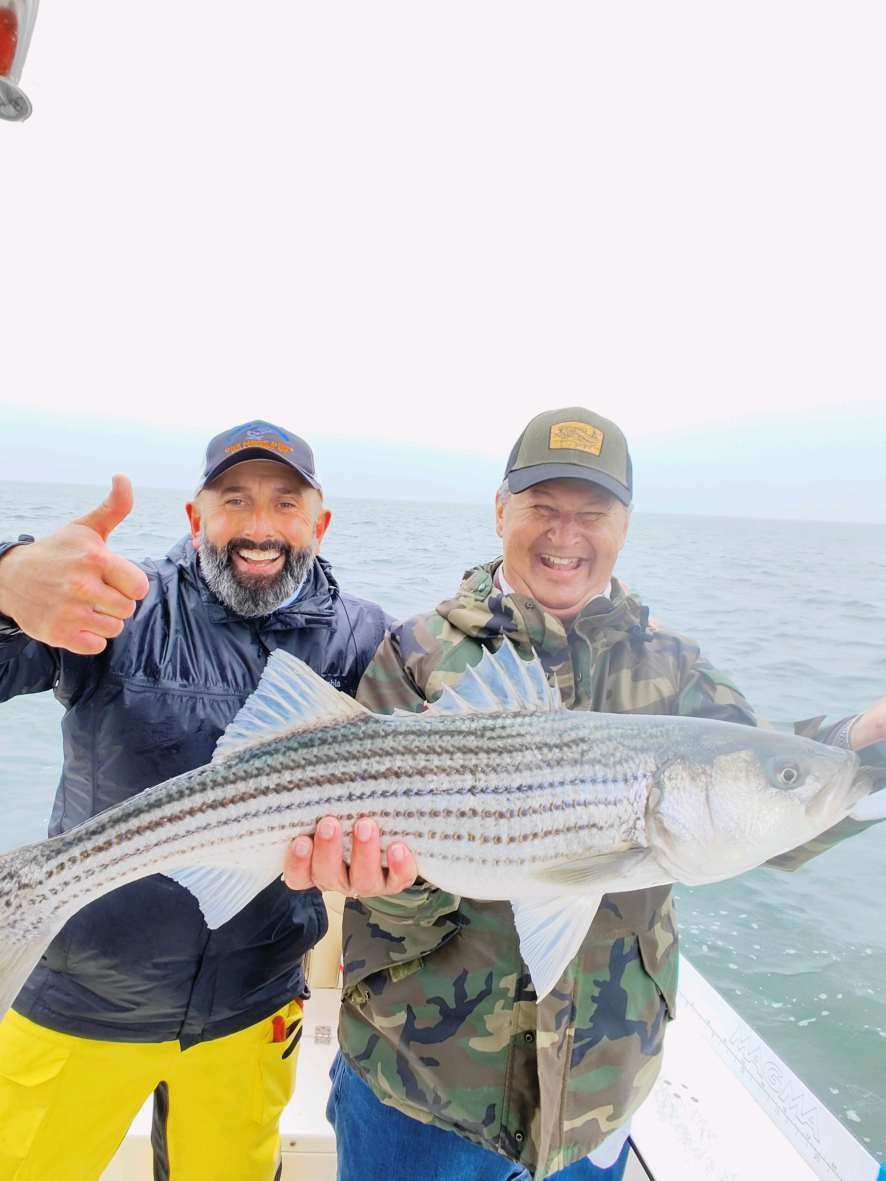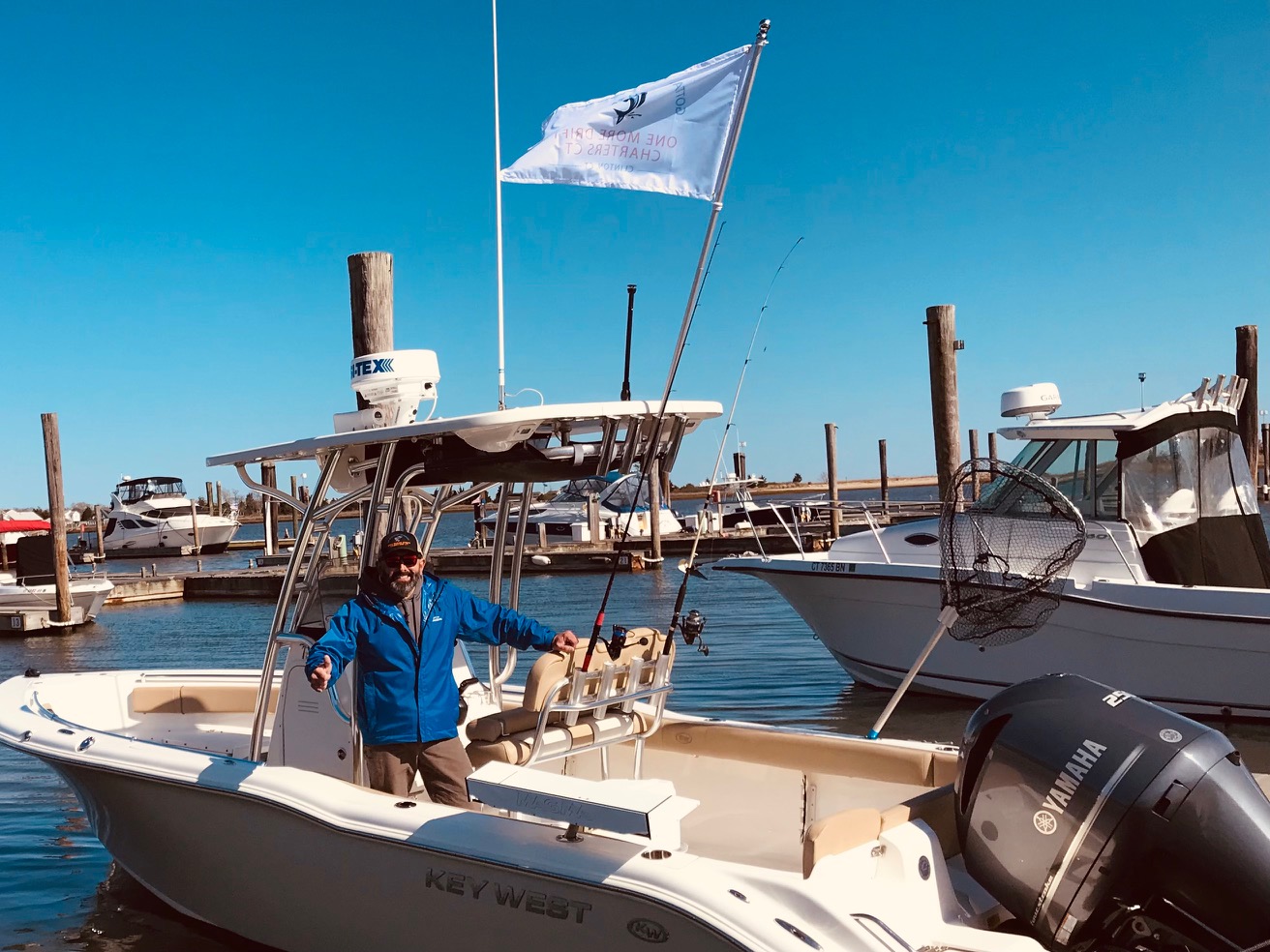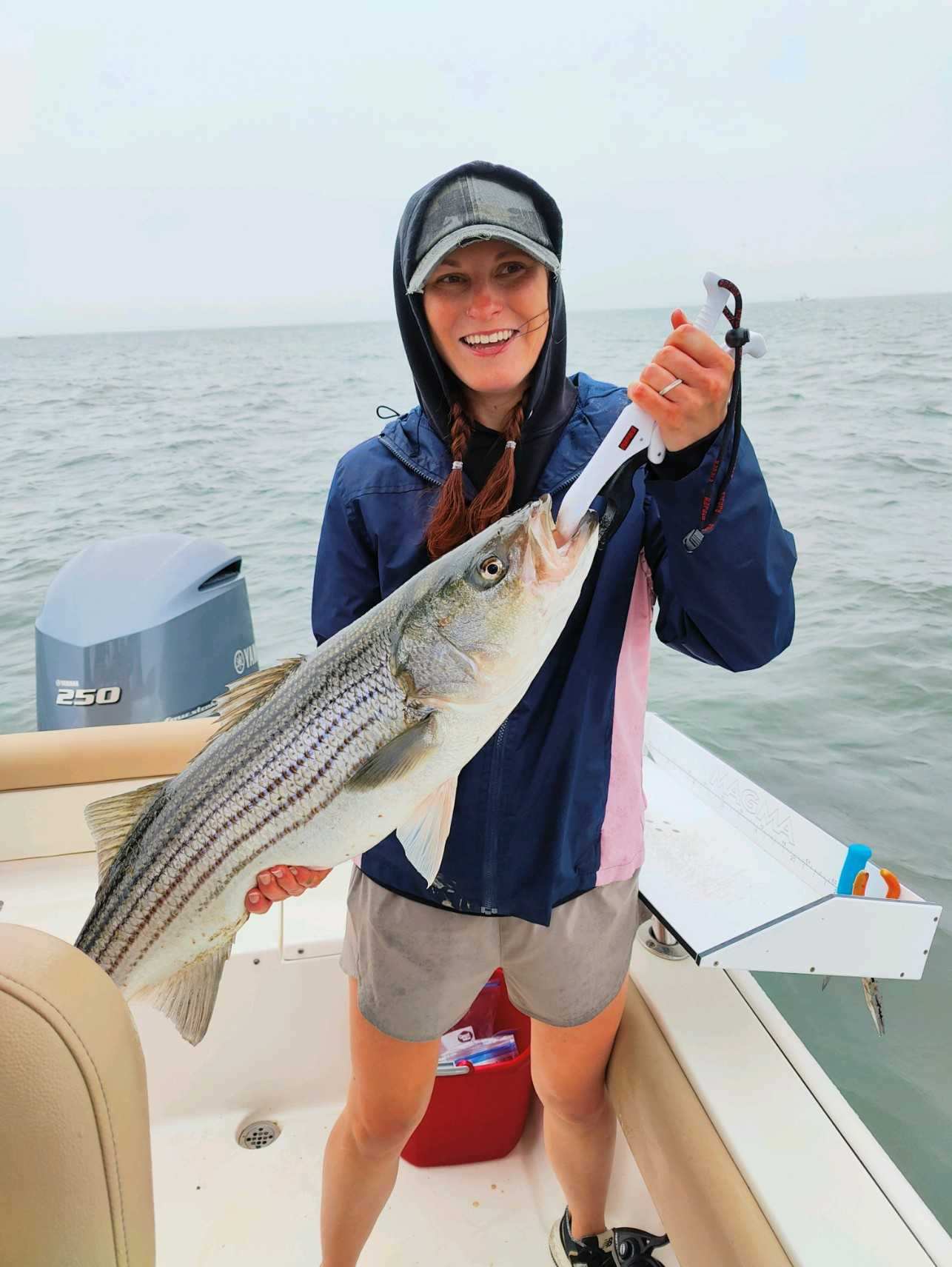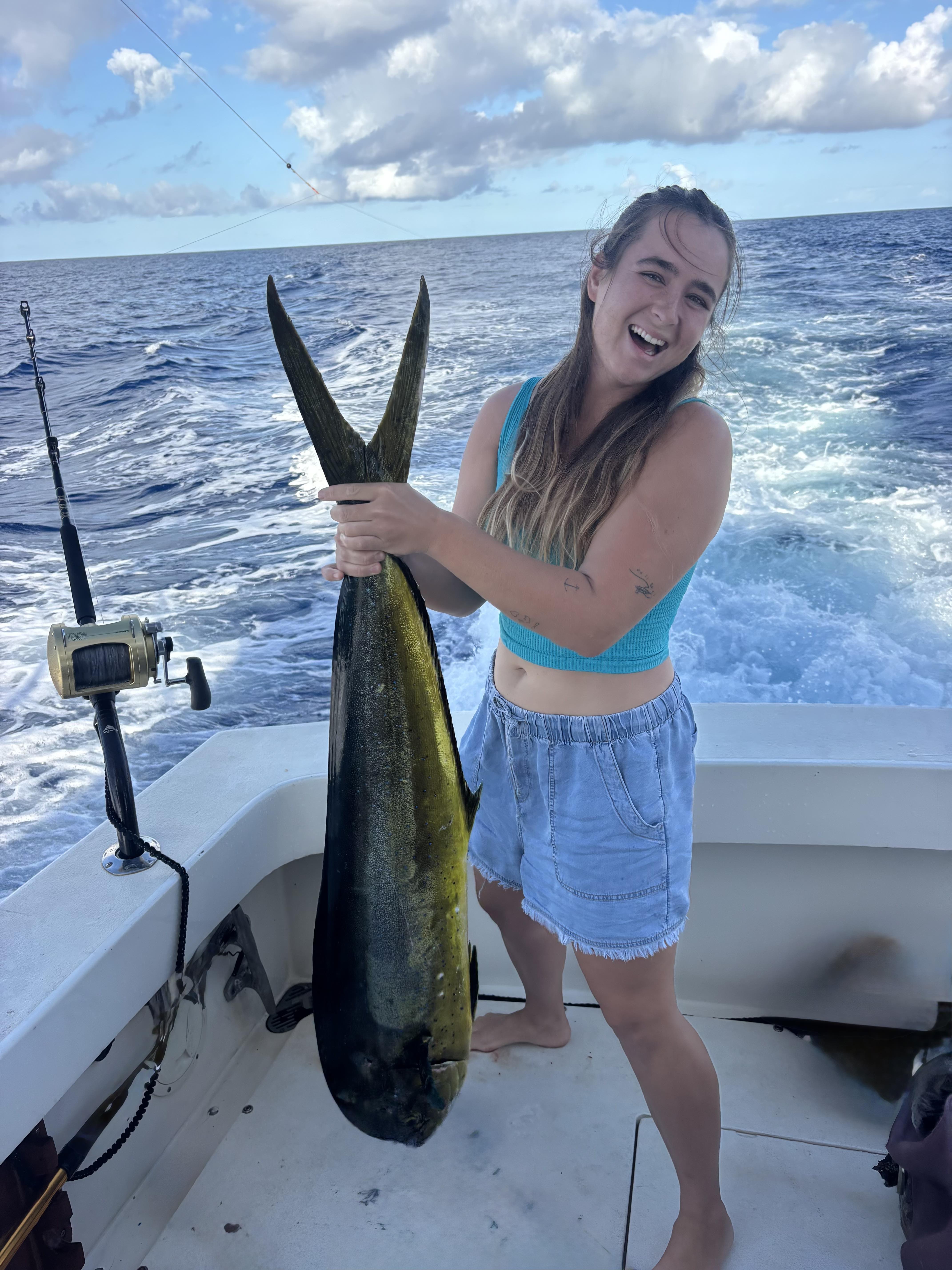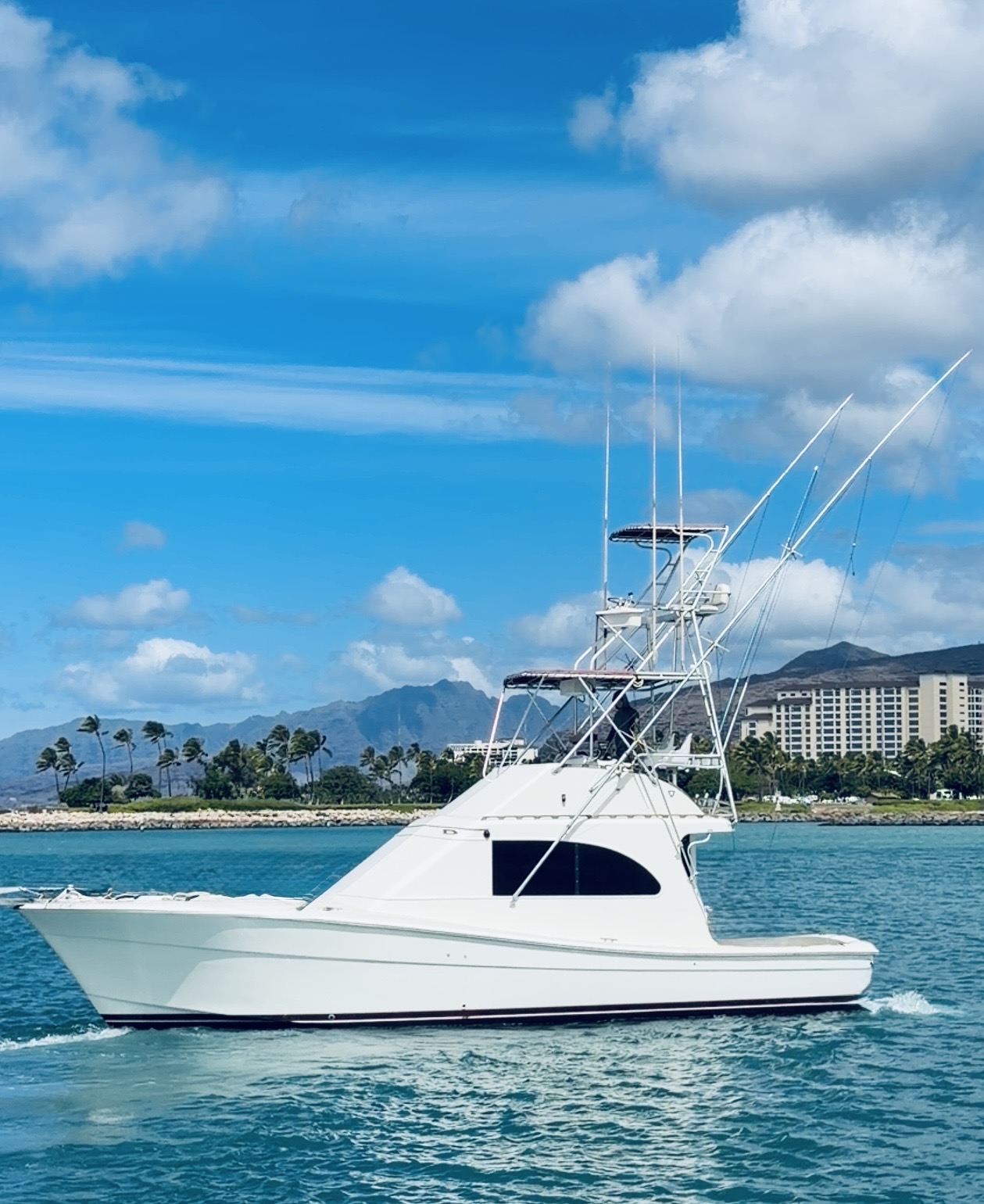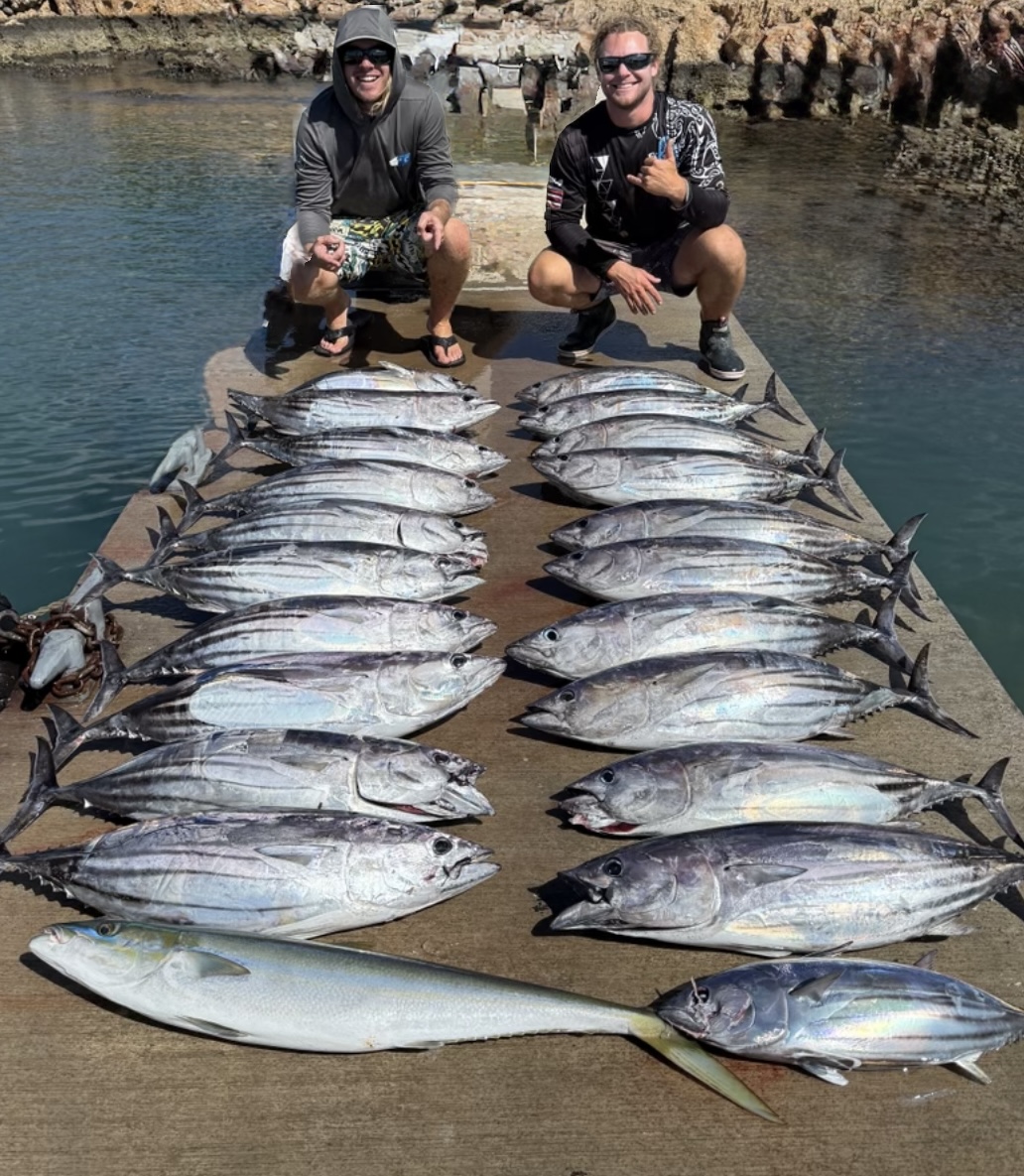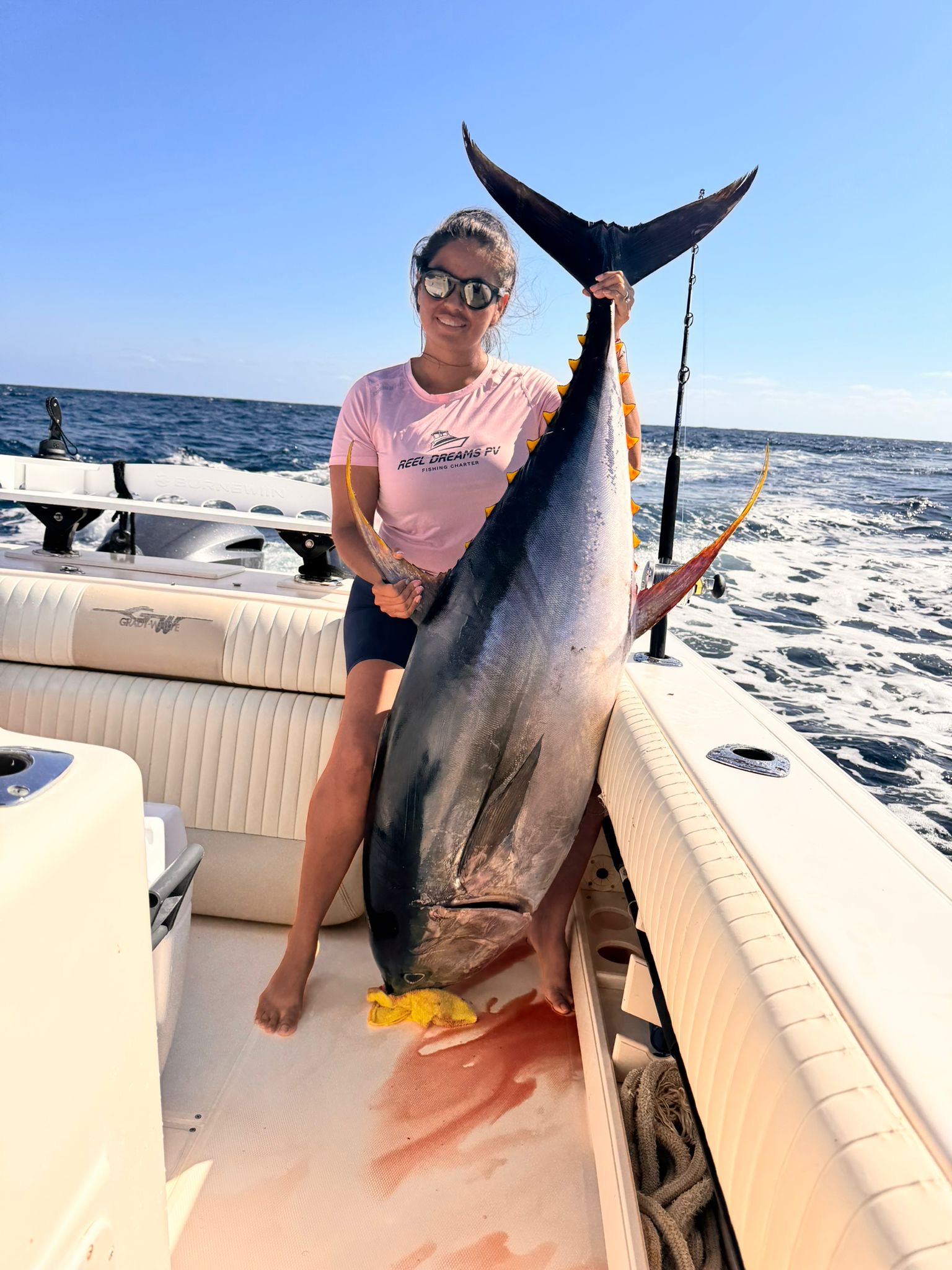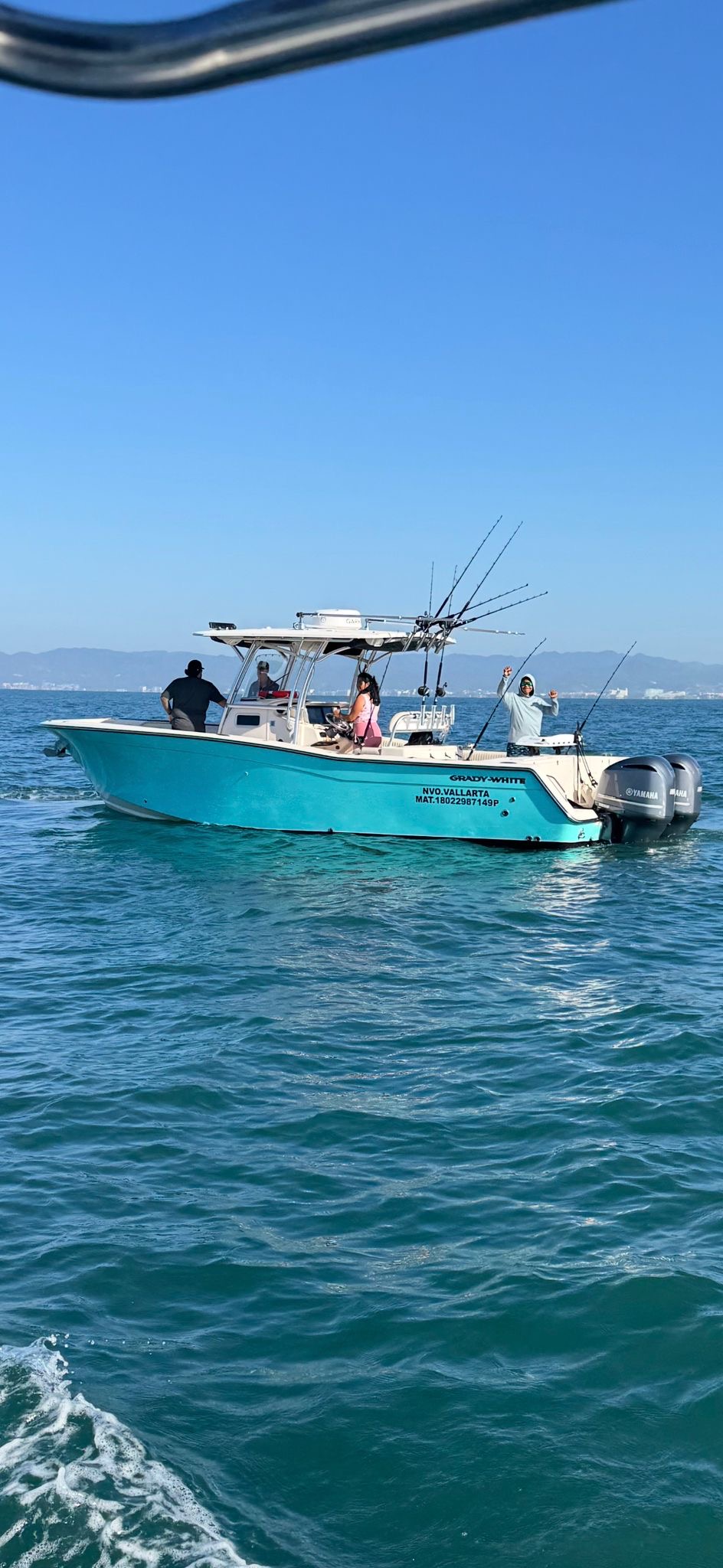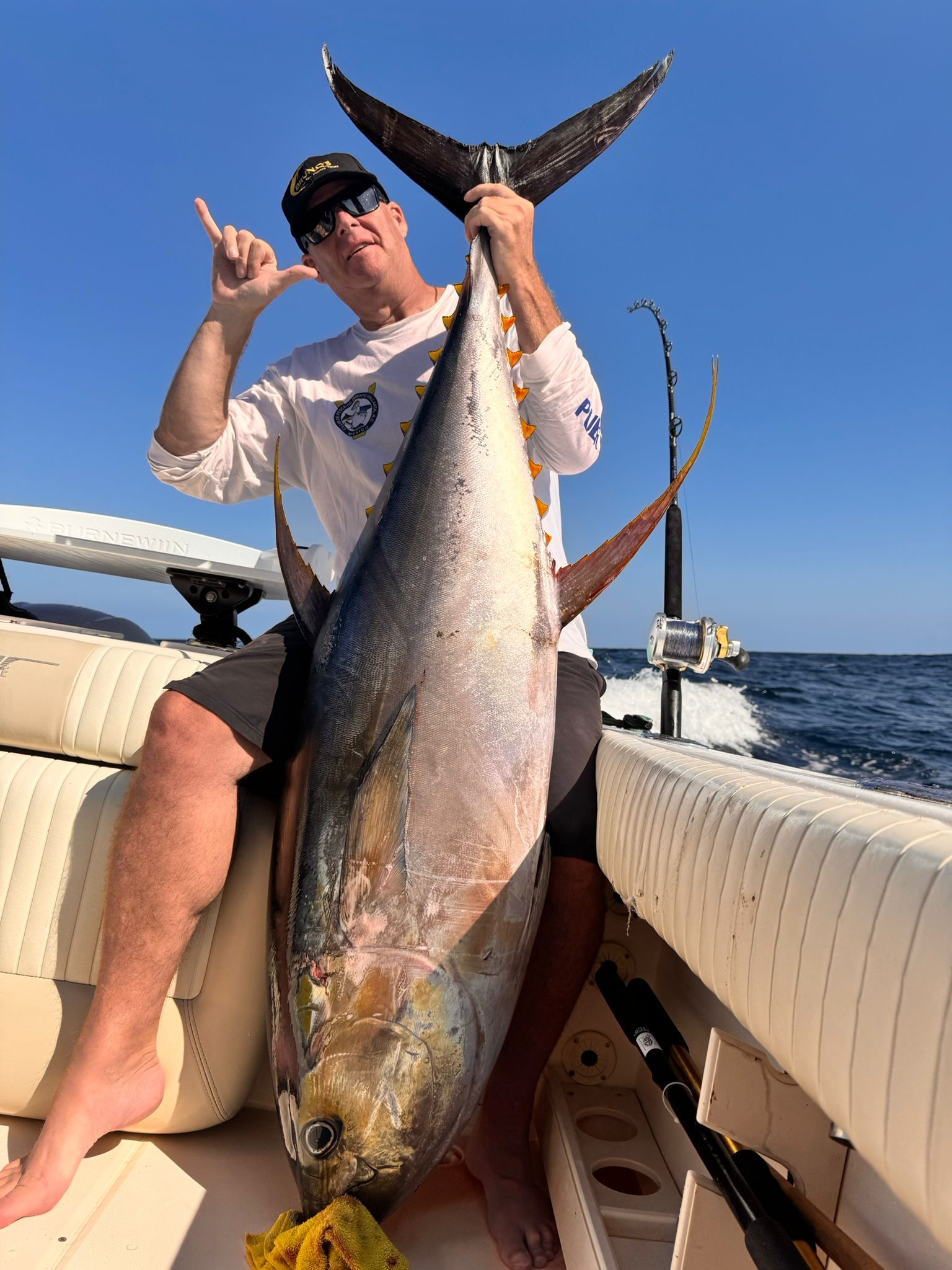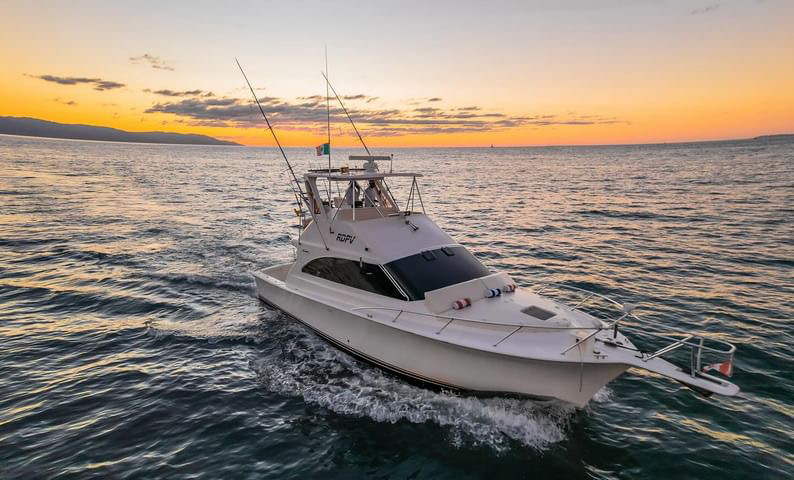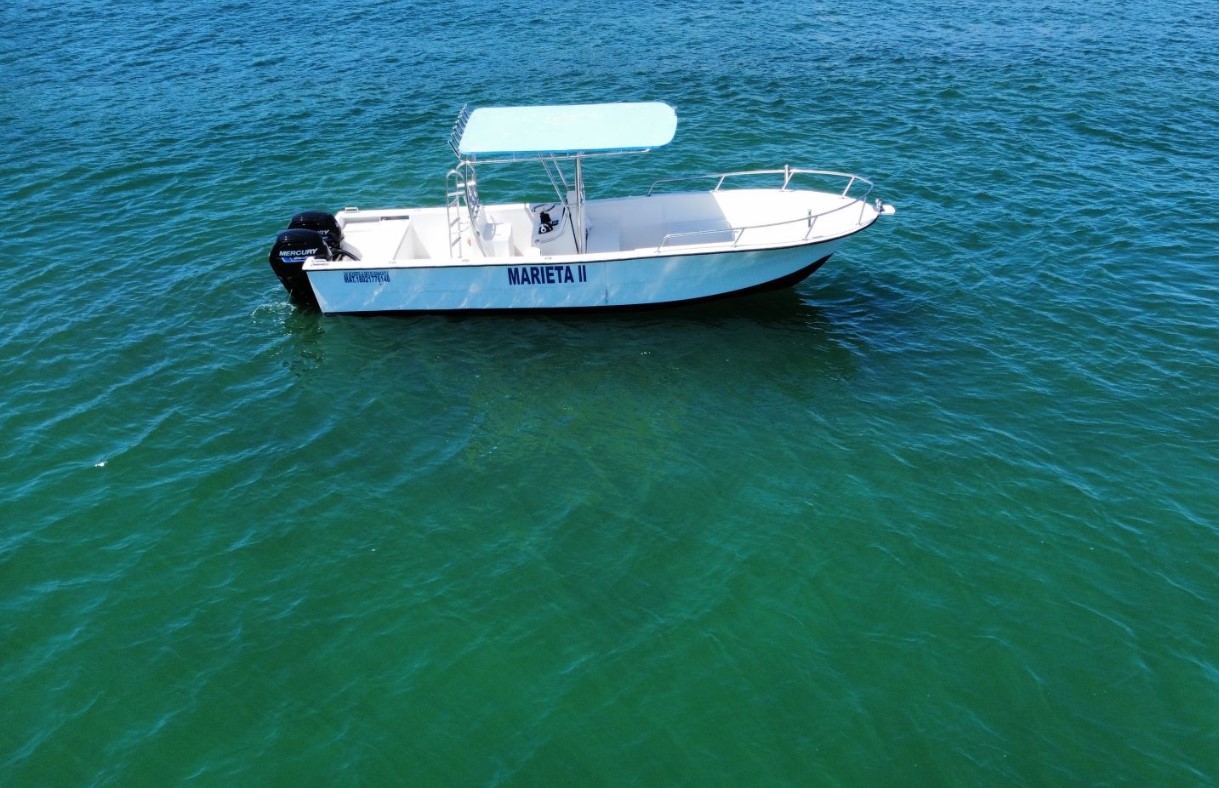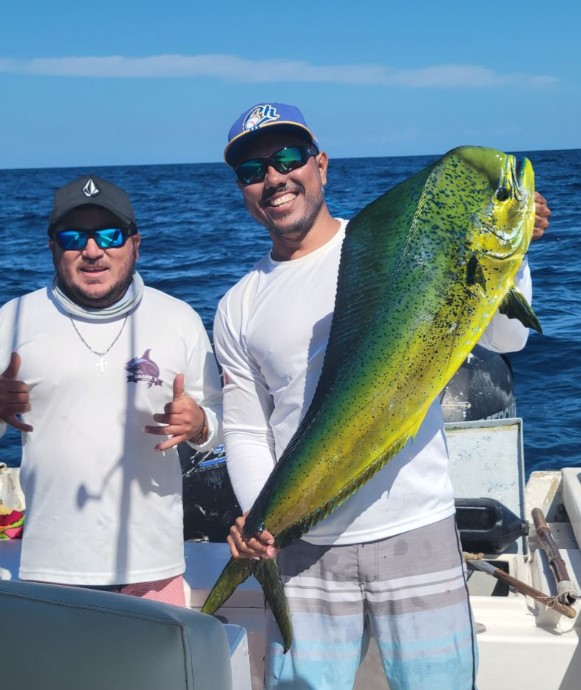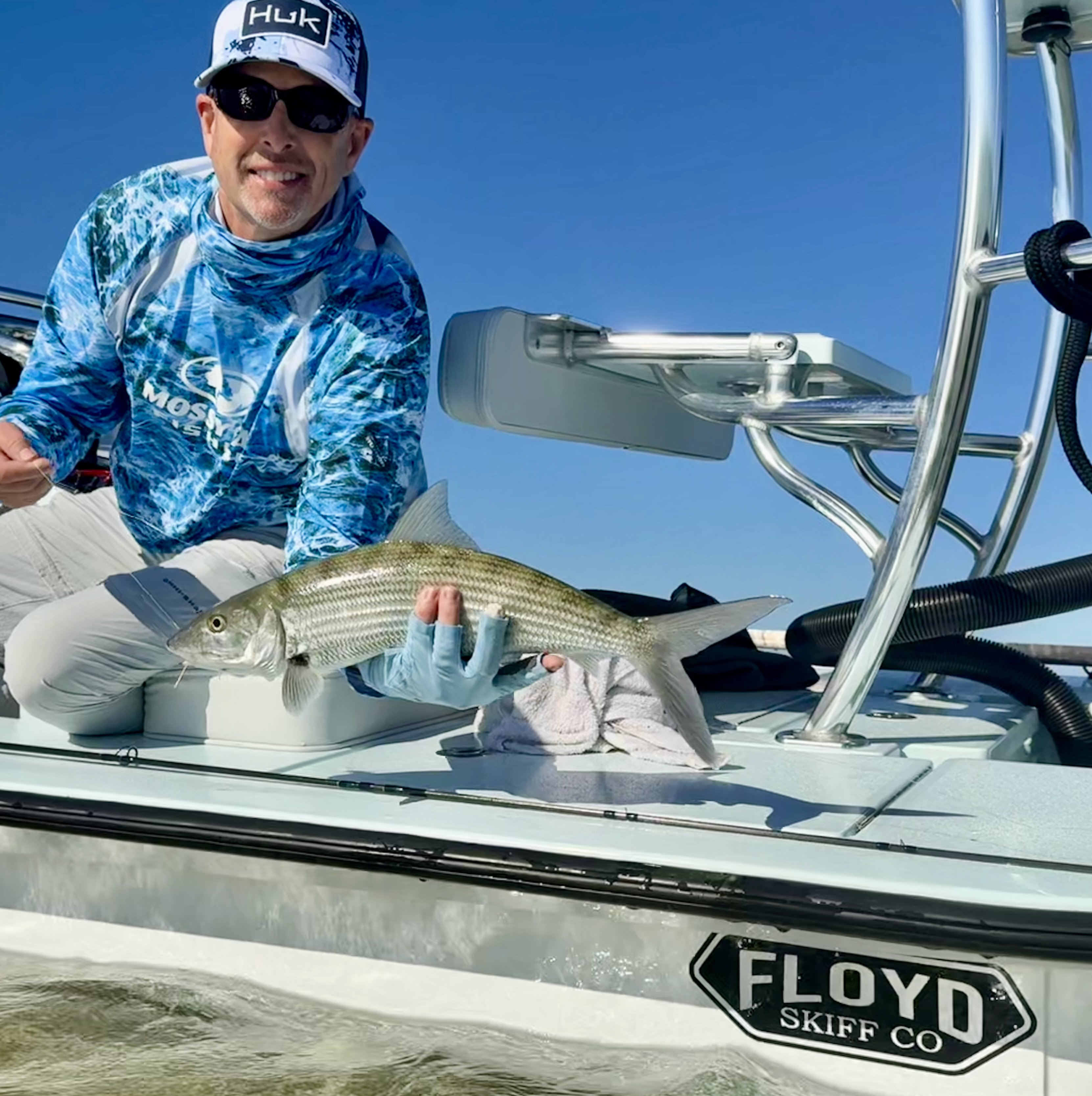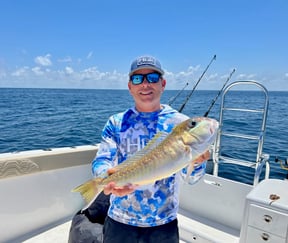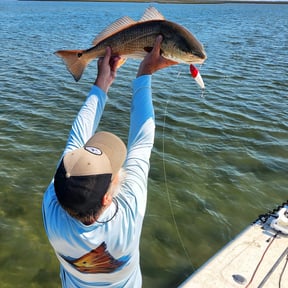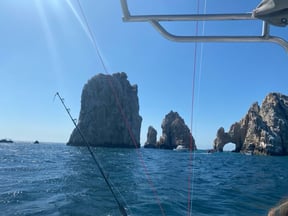Inshore, Nearshore, Flats in Tavernier
Sight Fishing Everglades Natl Park
Miami Peacock (4-8HR)
Lake Ida (4-8HR)
Inshore Fishing in Corpus Christi
Hook, Line & Memories Fishing Trip
Inshore, Nearshore Fishing in Clinton
5HR Trip PM Bottom/ Reef
Deep Sea Fishing in Kailua-Kona
Half Day Charter 4 Hours
Deep Sea Fishing in Puerto Vallarta
31 Ft Grady White Deep Sea Fishing
Inshore, Deep Sea Fishing in Cruz de Huanacaxtle
Luxury 40 Ft Yacht La Cruz
Deep Sea Fishing in Corral del Risco
5-8 Hour Offshore Trip
Inshore, Flats Fishing in Key West
4-8 Hour Inshore Fishing Trip
We started Captain Experiences to make it easy to book fishing and hunting guides around the world. With over 2,000 Damn Good Guides, our platform makes finding and booking a trip seamless. Head here to check out our trips.
Many anglers have heard about tagged fish and usually think of some large species that we know little about. Tagging programs extend far wider than elusive big fish and as it turns out most of the tagged fish are popular species targeted by anglers everywhere.
There are many organizations and individuals across the United States that release thousands of tagged fish every year to gain a better understanding of the fish we celebrate. Even though so many tagged fish are released each year, it pales in comparison to the number of untagged fish making catching one a big achievement.
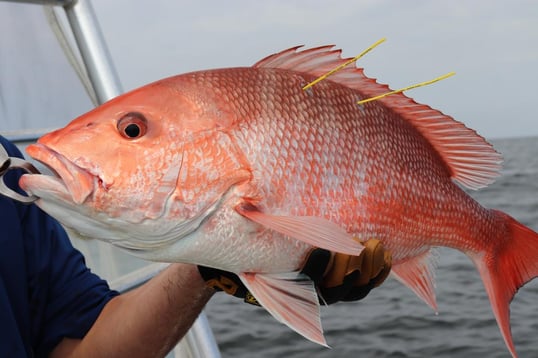
(Tagged Red Snapper. Harte Research Institute, harte.org)
When a fish is caught a tag is attached that allows research programs to better understand their behavior. There are several different types of tags from simple plastic tags with identification codes that can only tell you the start and endpoint(s) if the tag is reported, to complex electronic tags that track depth, temperature, GPS location, and a list of other things. Tagging has come a long way thanks to better materials and technology making research efforts more effective.
Who Catches and Tags these Fish?
There are hundreds of organizations that have fish tagging programs that span from coast to coast and even inland waters. These organizations are comprised of fish and game agencies, conservation organizations, and research groups, just to name a few. Many of these programs have teams of people who tag fish but recruiting the help of guides and anglers is becoming more popular. If you want to help, you can get involved by volunteering or buying a fish tagging kit from several of these organizations.
How do I Catch a Tagged Fish?
The number of fish that are tagged is vastly smaller than the number of untagged fish making it like finding a needle in a haystack. Because fish tagging has been around a while, it has created a following among anglers and a few things have been discovered that can increase your odds.
First, look for programs that release tagged fish in or near your area. It helps to have tagged fish being released near you but it doesn't make it impossible to catch one because fish have been known to travel great distances. Additionally, research which species are being tagged in the area you are fishing to make sure you are using the right tackle to target those fish. Lastly, get your reps in by fishing as often as possible. The best way to find a one in a thousand fish is by trying to catch a thousand fish!
What's Special about Catching a Tagged Fish?
First and foremost it is incredibly rare to catch a tagged fish. The odds of catching a tagged fish vary by location and species but if you happen to catch one it’s a big deal. Not only are you lucky but there are tournaments and reward programs for catching tagged fish and all you have to do is register. The prizes can range from a package that includes five dollars, a document with information about the fish, and a t-shirt, up to a truck, boat, and motor package worth thousands of dollars. The prizes are just a way to create interest in helping these programs gain valuable information about popular fish species.
The culture around tagged fish can be compared to the waterfowl hunting community where banded birds are highly sought-after and a symbol of prestige. Yet, both programs were created to research and gain a better understanding of the target species.
What Happens to Tagged Fish?
The only way for these research programs to collect data with nonelectronic tags is by catching them again so survival is key. Treatment and proper fish handling have improved over time and made issues from tagging less of a factor. Once a tagged fish is caught, the choice is usually left to the angler whether they want to keep the fish or release it. Many of these tagging programs have guidelines on whether to remove the tag or leave it on and continue tracking the fish.
Regardless of if a fish is tagged or not, it’s the responsibility of all anglers to handle fish responsibly.
Joey Butrus
Updated on August 3, 2023
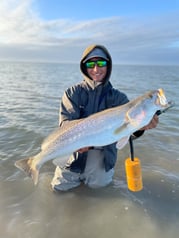
January 19, 2021
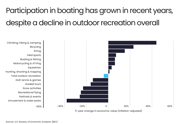
June 28, 2023

August 21, 2023
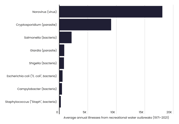
July 1, 2024
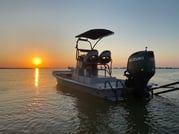
January 7, 2022
Related Articles
June 19, 2023
December 8, 2021
Featured Locations
- Fishing Charters Near Me
- Austin Fishing Guides
- Biloxi Fishing Charters
- Bradenton Fishing Charters
- Cabo San Lucas Fishing Charters
- Cancun Fishing Charters
- Cape Coral Fishing Charters
- Charleston Fishing Charters
- Clearwater Fishing Charters
- Corpus Christi Fishing Charters
- Crystal River Fishing Charters
- Dauphin Island Fishing Charters
- Daytona Beach Fishing Charters
- Destin Fishing Charters
- Fort Lauderdale Fishing Charters
- Fort Myers Fishing Charters
- Fort Walton Beach Fishing Charters
- Galveston Fishing Charters
- Gulf Shores Fishing Charters
- Hatteras Fishing Charters
- Hilton Head Fishing Charters
- Islamorada Fishing Charters
- Jacksonville Fishing Charters
- Jupiter Fishing Charters
- Key Largo Fishing Charters
- Key West Fishing Charters
- Kona Fishing Charters
- Lakeside Marblehead Fishing Charters
- Marathon Fishing Charters
- Marco Island Fishing Charters
- Miami Fishing Charters
- Montauk Fishing Charters
- Morehead City Fishing Charters
- Naples Fishing Charters
- New Orleans Fishing Charters
- New Smyrna Beach Fishing Charters
- Ocean City Fishing Charters
- Orange Beach Fishing Charters
- Panama City Beach Fishing Charters
- Pensacola Fishing Charters
- Pompano Beach Fishing Charters
- Port Aransas Fishing Charters
- Port Orange Fishing Charters
- Rockport Fishing Charters
- San Diego Fishing Charters
- San Juan Fishing Charters
- Sarasota Fishing Charters
- South Padre Island Fishing Charters
- St. Augustine Fishing Charters
- St. Petersburg Fishing Charters
- Tampa Fishing Charters
- Tarpon Springs Fishing Charters
- Venice Fishing Charters
- Virginia Beach Fishing Charters
- West Palm Beach Fishing Charters
- Wilmington Fishing Charters
- Wrightsville Beach Fishing Charters
